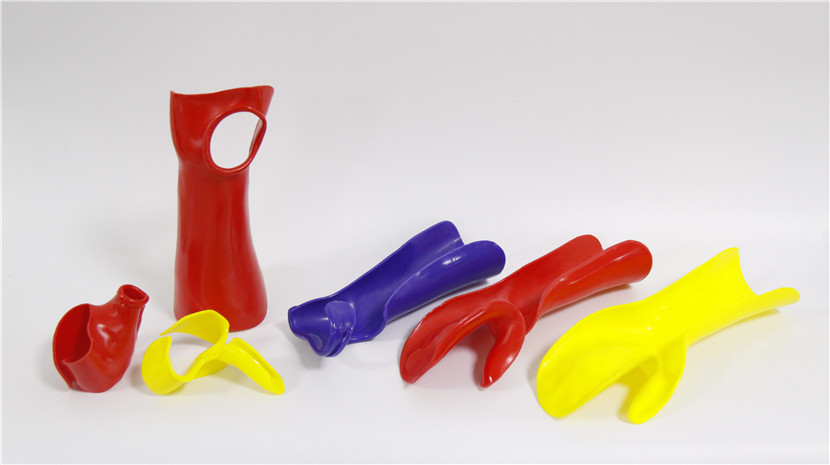
Thermoplastic Characteristics
Drape / Conformability
The ease with which a material conforms to a surface when heated.
A higher degree of drape enables a precise fit with minimal handling.
The skilled splinter prefers high-drape materials.
The minimal drape is often preferred when splinting larger areas as the material is easier to handle and provides more stability.
Resistance to Stretch (RTS)
The extent to which a material resists pulling or stretching when heated.
Minimum: Achieve intimate fit and very light handling required.
Moderate: Achieve exact fit and moderate handling to pull and hold material in place.
Maximum: Achieve good fit, requires firm handling and is ideal for larger splints.
Bonding
The degree to which a material will stick to itself when heated.
Traditional coating:
The traditional coating allows the material to temporary bond when warm. Once cool, the bond is not permanent. Use only heat and firm pressure to bond firmly. Use solvent to form a permanent bond.
Thin coating:
Bonds permanently when heated surfaces are pinched together. Bond is especially strong if the material is dry-heated.
Non-stick coating:
The coating may be removed to create a permanent bond. Easy to handle and clean (less porous).












